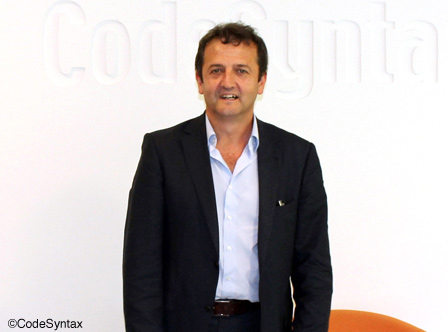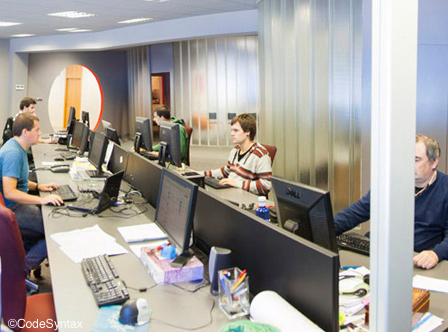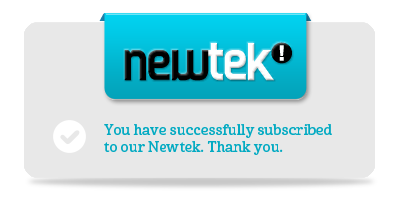INTERVIEW


Eneko Astigarraga runs CodeSyntax, a small Basque SME located in the town of Eibar and with over 10 year’s internet experience. They are software specialists, carry out search engine positioning tasks, are pioneers in Web 2.0 projects and offer consulting services in Open data, social networking sites and internet communications. In this interview, Astigarraga talks about his collaboration with IK4-TEKNIKER as well as what innovating means for an SME in terms of challenges.
1.- CodeSyntax is an example of how to incorporate innovation into an SME. How is it possible to innovate in an enterprise of 15 people?
I would say that innovation is in the DNA of CodeSyntax as a technology-based company and innovative SME that we are, but the thing is, apart from that, in the ICT and internet sector we are involved in and, by extension, in any sector nowadays, it is absolutely crucial to innovate.
CodeSyntax routinely participates in R&D projects nationally and internationally in areas of knowledge linked to our main activity, and we participate in the development teams.
2.- Your enterprise is involved in the new technologies, a field conducive to innovation. What competitive advantage does this give you?
In such a dynamic and changing environment and sector like the one we are involved in, innovation in itself underpins our sources of competitive advantage on which our competitive position rests in the sector and on the market. In other words, we cannot generate any source that is not underpinned by innovation.
In fact, the only long-haul competitive advantage in a sector like ours is that the enterprise should be alert to any changes, should detect them early, should be flexible and should be incorporating, adapting or even creating innovations in an ongoing way.
3.- Through the Gertatu programme, CodeSyntax has received the Support of IK4-TEKNIKER to develop a technology watch project. What has that been about?
The project developed with IK4-TEKNIKER has enabled us to evaluate, reorganise and systematise the technology watch tasks that we have been carrying out at CodeSyntax, which, as I was saying, are important for keeping any eye on the innovations and changes in the ICT sector.
In this respect, we would like to stress that the cross-checking and contribution of an R&D centre like IK4-TEKNIKER has enabled us to improve the watch processes we were carrying out. External evaluation and analysis, and even more so in the case of experts like those of IK4-TEKNIKER, have enabled us to endorse what we were doing correctly, detect errors, correct them and systematise the process.
4.- What role do you think is played by R&D centres when it comes to providing small enterprises with value?
I think that the set-up and network of centres as well as the professionals that work in them can provide us with value from a range of perspectives; not only from the actual connections on an international level or within the network itself to be able to gain access at a given moment to technologies or specific knowledge, but also from the watch for changes and trends in the areas they work in, in the proposal to participate in new lines of activity linked to innovation or in the solving of specific problems. And I’m sure I’ve left out other possible contributions.
5.- What challenges is CodeSyntax facing in the near future and to what extent is the incorporation of innovation into the enterprise’s value chain going to help?
The main future challenges for CodeSyntax are the improvement in our solutions, products and services in the field of internet applications geared towards people, organisations and companies, the creation of in-house products and internationalisation, while trying to create advanced applications that will be successful worldwide. Mobility and new devices linked to the internet, ubiquity, cloud, big data, open data, e-health, e-commerce, e-administration, etc. Real time, the internet of things, smart cities, smart factories, to mention just a few, are fields that are going to be offering our sector fresh opportunities.
For this purpose, our strategic plan clearly takes the incorporation of innovation into consideration not only as far as people are concerned, but also from the perspective of technologies and competences and internal processes, or from the customer perspective by incorporating innovation in an ongoing way into our products and services. That is why, as I said before, our participation in R&D projects that make this possible has been an ever-present theme for many years, nationally and internationally.



